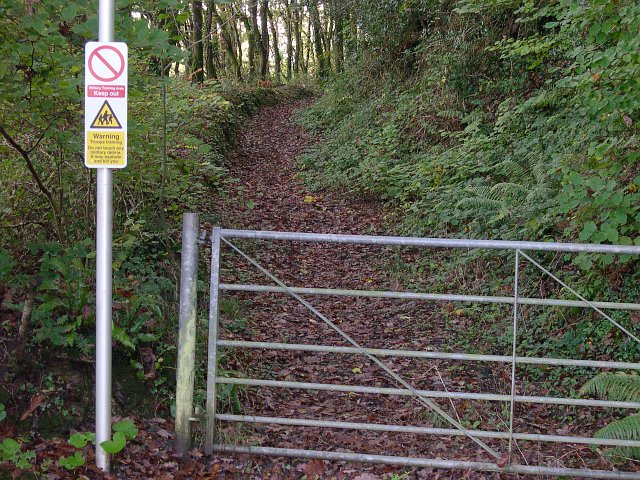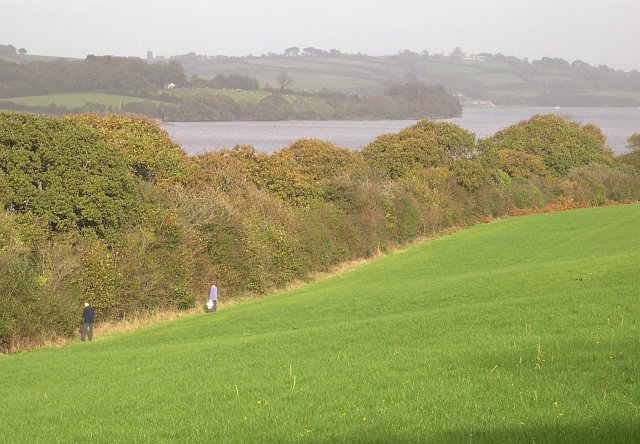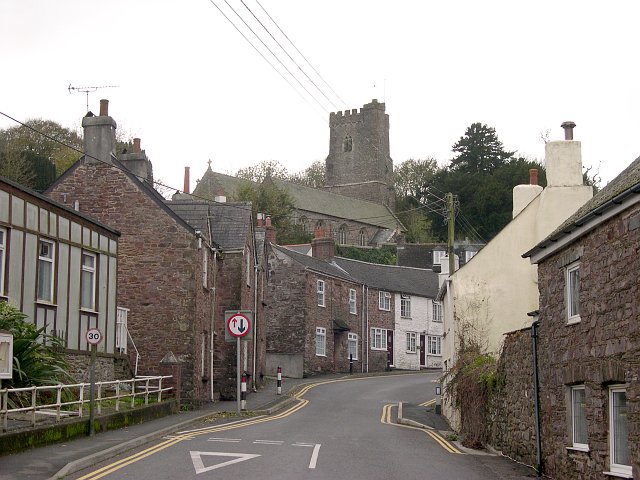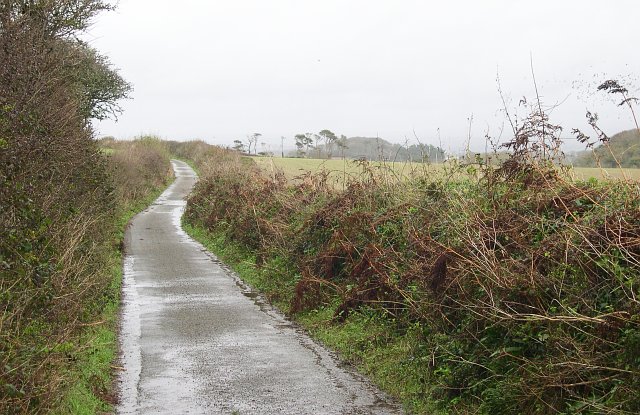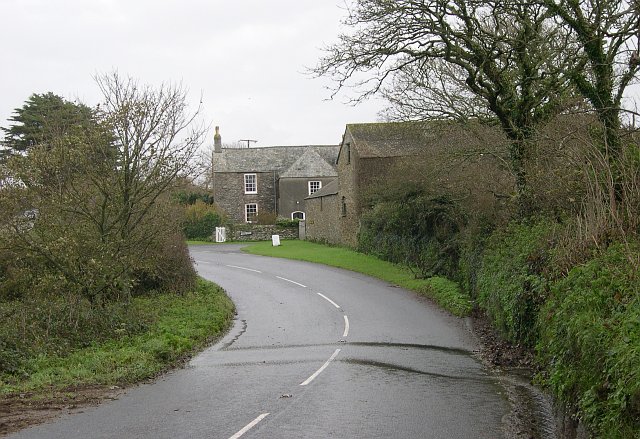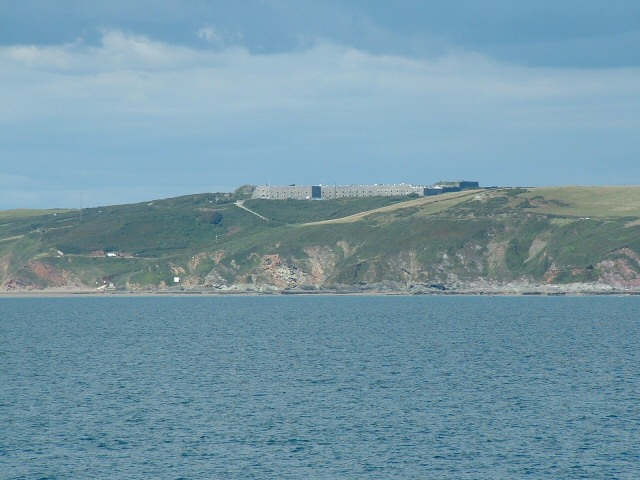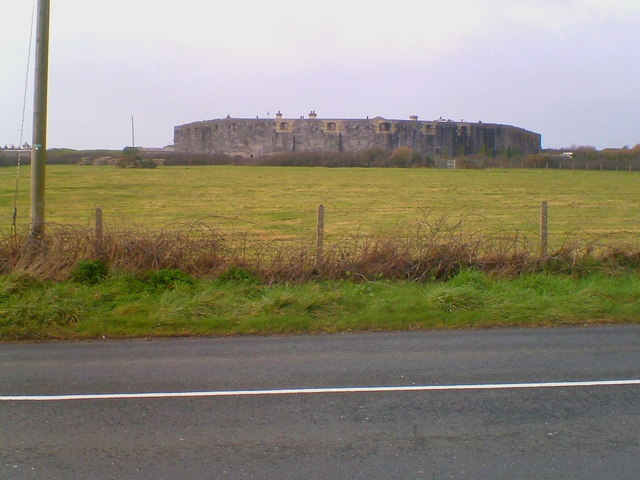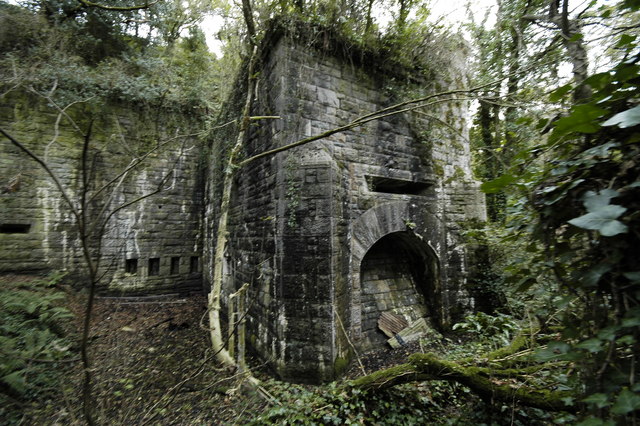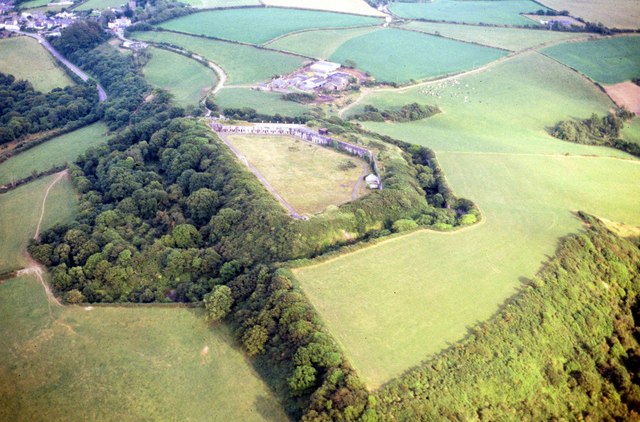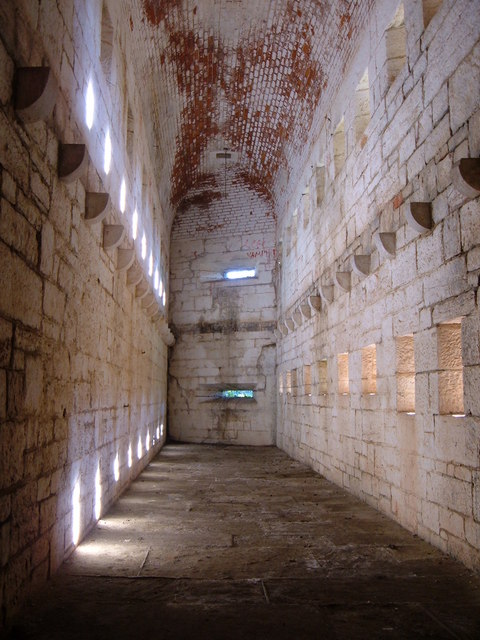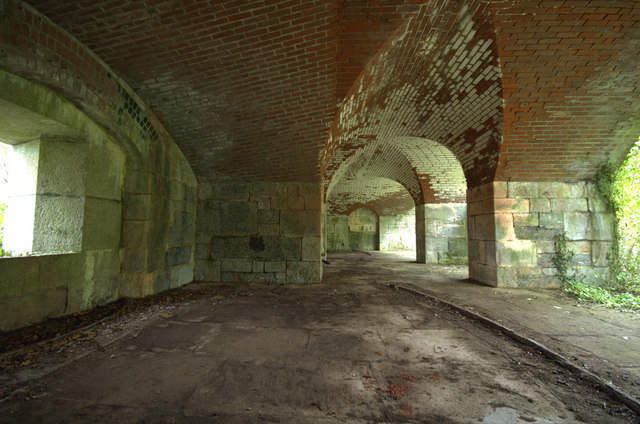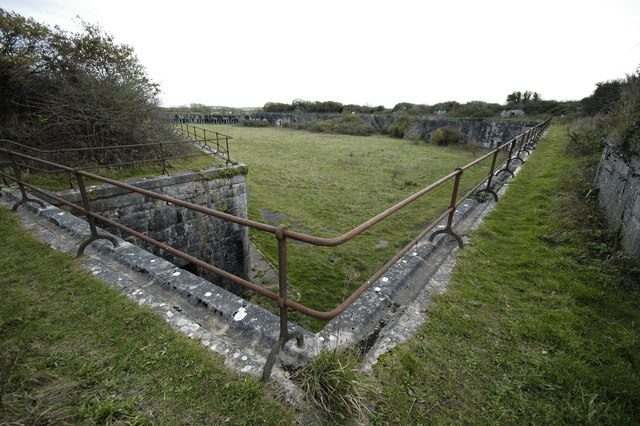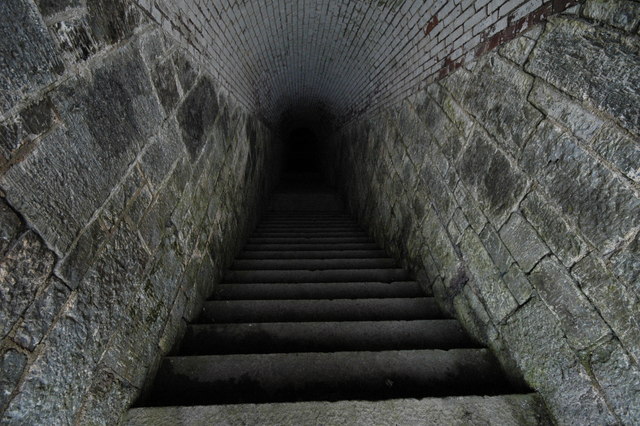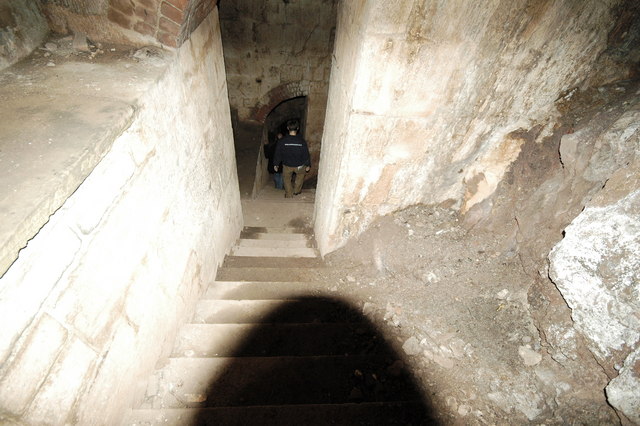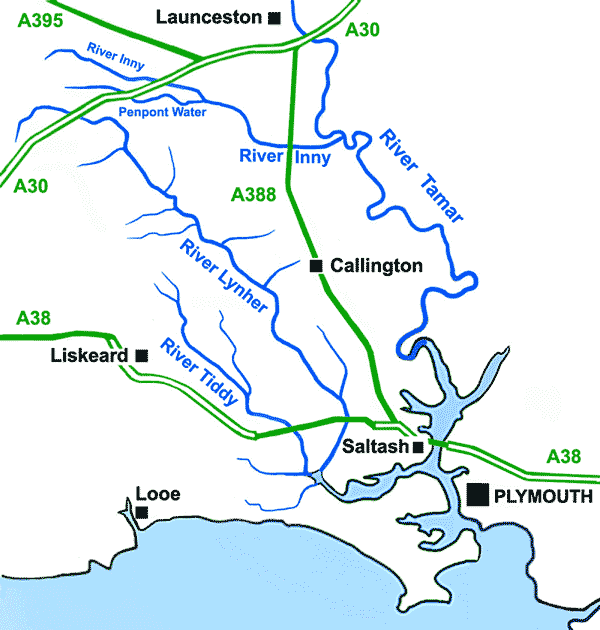Antony
Settlement in Cornwall
England
Antony
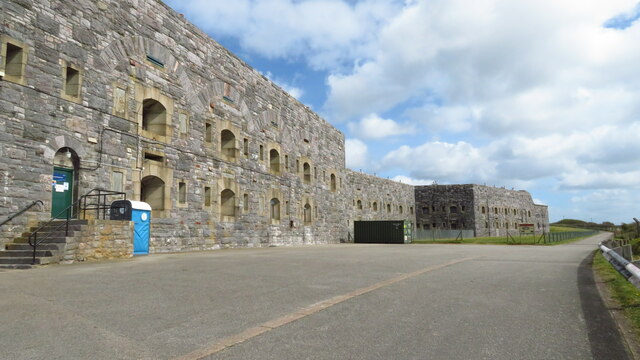
Antony is a small village located in Cornwall, a county in Southwest England. Situated on the Rame Peninsula, Antony is surrounded by picturesque countryside and offers stunning views of the River Lynher. The village is part of the Cornwall Area of Outstanding Natural Beauty, boasting a tranquil and idyllic setting.
Historically, Antony has been linked to the prominent Carew family, who owned the Antony House, a magnificent mansion that dates back to the early 18th century. Antony House is renowned for its elegant architecture and beautiful gardens, which are open to the public. The village also features a charming parish church, St. James the Great, which dates back to the 15th century and is well worth a visit for its rich history and unique architectural features.
Nature enthusiasts will find plenty to explore in Antony, as the village is surrounded by scenic walking trails and nature reserves. The nearby Mount Edgcumbe Country Park offers extensive parkland, gardens, and coastal views. The park is a popular destination for outdoor activities such as picnicking, hiking, and birdwatching.
In terms of amenities, Antony provides a peaceful and quiet atmosphere, with a few local shops, cafes, and pubs. The village maintains its rural character, making it an ideal destination for those seeking a peaceful retreat away from the hustle and bustle of city life.
Overall, Antony offers a charming blend of history, natural beauty, and tranquility, making it an attractive destination for visitors and a cherished home for its residents.
If you have any feedback on the listing, please let us know in the comments section below.
Antony Images
Images are sourced within 2km of 50.368635/-4.2512454 or Grid Reference SX3954. Thanks to Geograph Open Source API. All images are credited.

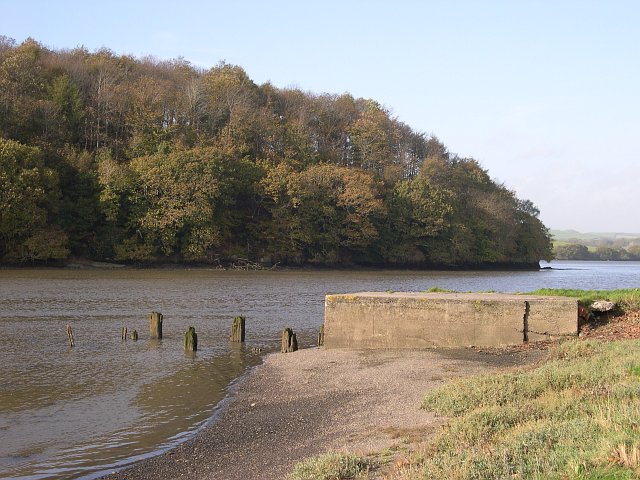
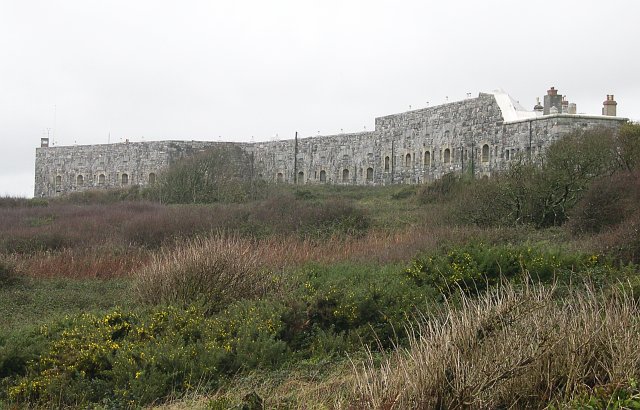
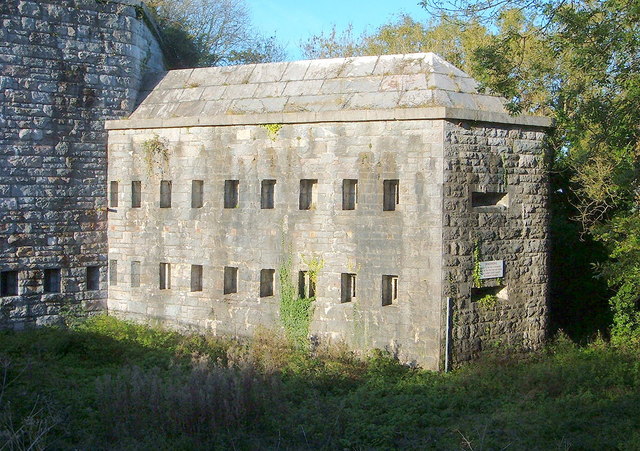
Antony is located at Grid Ref: SX3954 (Lat: 50.368635, Lng: -4.2512454)
Unitary Authority: Cornwall
Police Authority: Devon and Cornwall
What 3 Words
///dreading.vest.duty. Near Millbrook, Cornwall
Nearby Locations
Related Wikis
Antony, Cornwall
Antony (Cornish: Trevanta) is a coastal civil parish and a village in Cornwall, England, United Kingdom. The village is situated on the Rame Peninsula...
Church of St James, Antony
The Church of St James is a Grade I listed 12th-century Anglican parish church in Antony, Cornwall, England. == History == The church is located in Antony...
Scraesdon Fort
Scraesdon Fort, near the village of Antony, is one of several forts in South East Cornwall which formed part of the ring of forts surrounding Plymouth...
A374 road
The A374 is a main road in the United Kingdom, one of six A-roads making the border crossing between Devon and Cornwall. It is the most southerly of the...
St John, Cornwall
St John (parish: Cornish: Pluwjowan, village: Cornish: S. Jowan) is a coastal civil parish and a village in south-east Cornwall, England, United Kingdom...
Lower Tregantle
Lower Tregantle is a hamlet in Cornwall, England, UK. It is about half a mile south of Antony; Higher Tregantle is about a quarter of a mile further south...
River Lynher
The River Lynher (Cornish: Linar) (or St Germans River downstream from its confluence with the Tiddy) flows through east Cornwall, England, and enters...
Tregantle Down Battery
Tregantle Down Battery was a high angle gun battery in south east Cornwall. It was built between 1888 and 1894 to defend HMNB Devonport from Whitsand Bay...
Nearby Amenities
Located within 500m of 50.368635,-4.2512454Have you been to Antony?
Leave your review of Antony below (or comments, questions and feedback).
